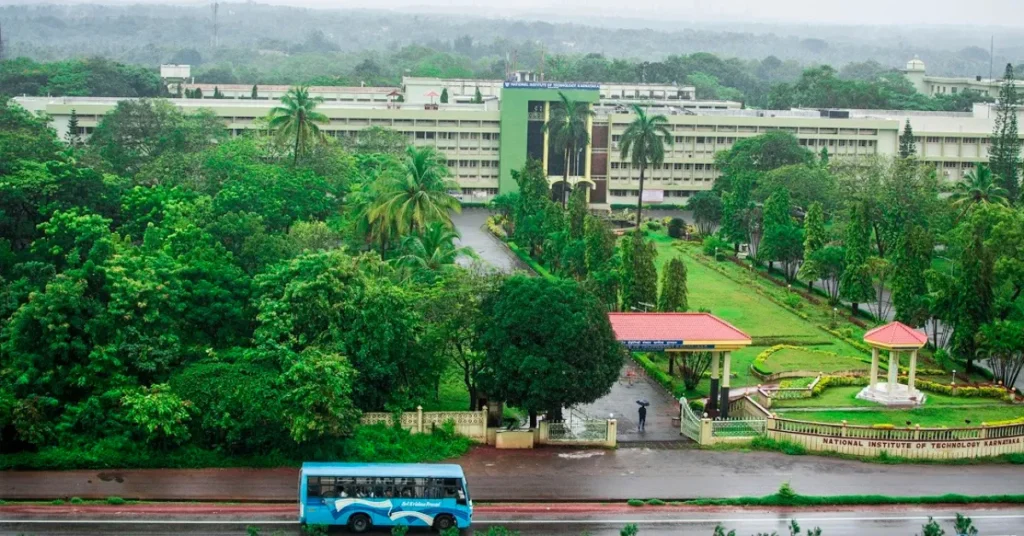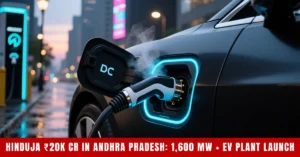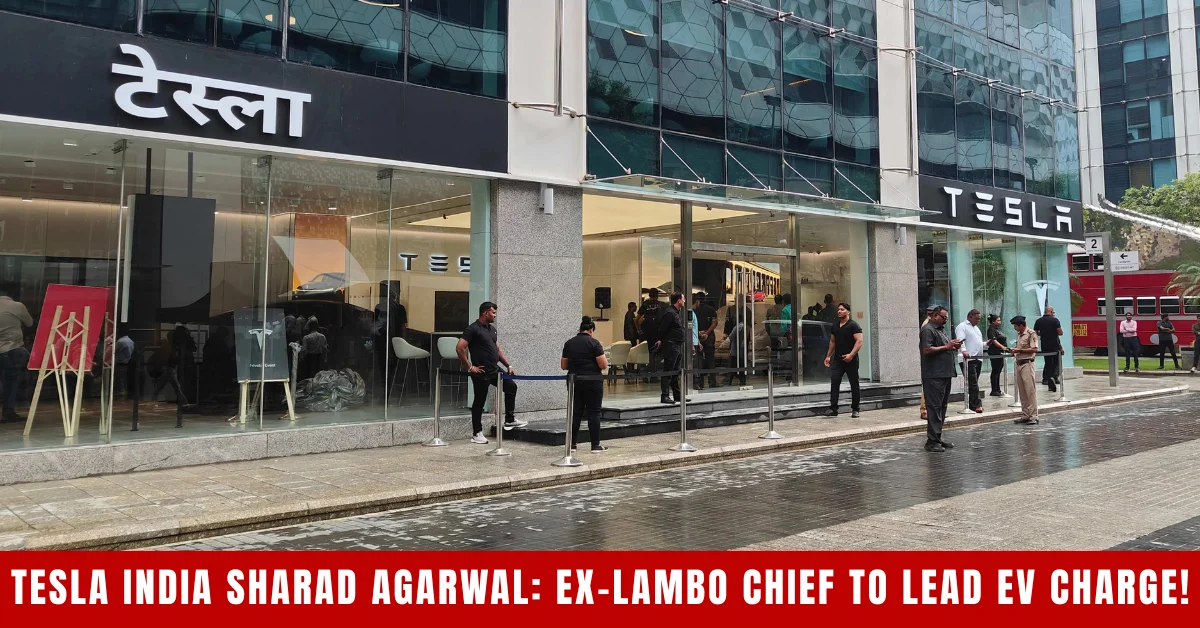
Overview
- Funding Secured: NITK Surathkal’s Centre for System Design (CSD) bags ₹10.3 crore from ANRF under MAHA-EV Mission to develop rare earth-free EV motors.
- Project Focus: Indigenous switched reluctance and synchronous reluctance motors (axial/radial flux) to reduce reliance on costly rare earths.
- Collaborative Effort: NITK leads with IIT-Madras, IIT-Hyderabad, and C-DAC Thiruvananthapuram as partners; one of seven EV Mobility Nodes.
- Research Scope: Focus on power electronics and drives (TV-II); Dr. K V Gangadharan (NITK) leads, with B Venkatesa Perumal, Jeyaraj P, and Sandesh Bhaktha B as co-investigators.
- Strategic Goal: Accelerates India’s sustainable mobility, aligning with 6% EV penetration in 2025 and the 30% target by 2030 via PM E-Drive.
- China Context: Counters China’s rare earth export curbs (November 2025), boosting self-reliance in EV supply chains.
- Impact: Could slash EV motor costs by 20-30%, enhancing affordability in India’s 2.5M EV sales market.
NITK’s Breakthrough: Rare Earth-Free EV Motors to Drive India’s Electric Revolution
The Centre for System Design (CSD) at NITK Surathkal is set to transform India’s EV landscape with a ₹10.3 crore project to develop rare earth-free electric vehicle motors. Funded by the Anusandhan National Research Foundation (ANRF) under the MAHA-EV Mission, the initiative targets advanced switched reluctance and synchronous reluctance motors (axial/radial flux) to cut dependency on costly rare earths amid China’s November 2025 export restrictions. Leading with IIT-Madras, IIT-Hyderabad, and C-DAC Thiruvananthapuram, NITK’s work could redefine affordability in India’s booming EV market (6% penetration, 2.5M sales projected for 2025).
Project Details: Indigenous Innovation
Titled “Rare Earth Magnet Free Axial Flux Synchronous, Radial Flux Switched Reluctance Motor and their Controllers for EV Applications,” the project focuses on cost-effective, high-performance motors. NITK, one of seven EV Mobility Nodes, spearheads power electronics and drives (TV-II). Dr. K V Gangadharan (Mechanical Engineering) leads, joined by professors B Venkatesa Perumal, Jeyaraj P (NITK), and Sandesh Bhaktha B (MIT, Manipal) as co-investigators.
Why Rare Earth-Free? A Strategic Leap
Rare earths, critical for conventional EV motors, face supply risks with China’s export curbs. These motors—switched and synchronous reluctance—offer comparable efficiency without costly materials, potentially cutting costs by 20-30%. “This is about sustainable, self-reliant mobility,” Gangadharan said, aligning with PM E-Drive’s ₹10,000 crore for 72,000 chargers and FAME-III incentives.
Collaborative Power: Academic-Tech Synergy
Partnering with IIT-Madras, IIT-Hyderabad, and C-DAC, NITK leverages expertise in motor design and control systems. The project supports India’s 30% EV penetration goal by 2030, building on 1.2M sales in 2024 and Karnataka’s 1,500 charger plan. It also counters global supply chain pressures, including EU’s 27% tariffs on Chinese EVs.
Impact: Cheaper EVs, Greener Roads
By reducing motor costs, NITK’s innovation could make EVs more accessible, boosting adoption in Tier-2 cities and fleets. With Maharashtra’s electric highways and Pune’s 22 new chargers, India’s EV ecosystem is charging up. This project isn’t just tech—it’s India’s ticket to a self-sufficient, green future.
Source: timesofindia.indiatimes.com
Read more about EV Car News
Also Read
- MG EV Sales Cross 1 Lakh Milestone in India: 35% Market Share & 70% Monthly Volume!
- Tesla India Sharad Agarwal: Ex-Lamborghini Head Appointed Country Chief to Revive EV Sales
- Tesla Driverless Model Y in Gurugram: FSD Display at Ambience Mall—Book Now, Deliver in 30 Days!
- BYD EV Cash Burn 2025: $10 Billion Outflow Despite $100 Billion Revenue – What’s Going Wrong?
- Hinduja Group Andhra Investment: Hinduja Group to Invest ₹20,000 Cr for 1,600 MW Power Boost, EV Plant & Charging Network!
- Tata Motors EV Sales October 2025: 40% Market Grip Amid 56% Surge – Kia Zooms to No. 4!












